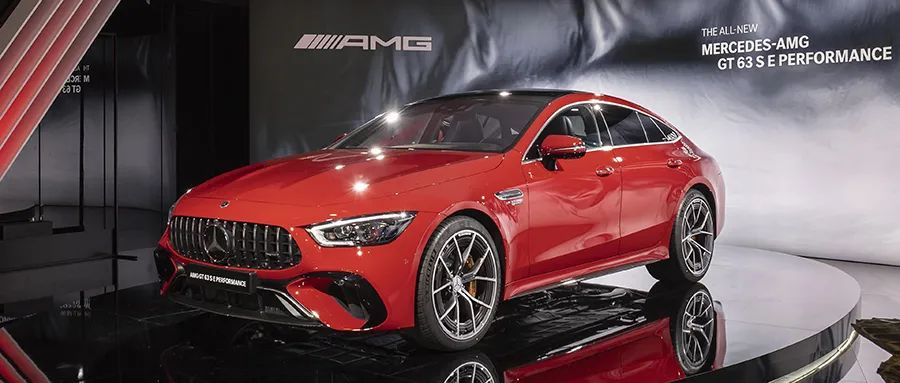Author: Master
As the birthplace of automobiles and the benchmark for the development of the global automotive industry, the large-scale car shows held in Germany are highly valued international events among European automotive enterprises, where they will showcase their latest models and technologies to the public without reservation.
On the afternoon of September 6th (Monday) Beijing time, 2021 International Motor Show Germany – IAA Mobility officially opened in Munich, Germany. This is the first large-scale offline exhibition held in Germany since the outbreak of the COVID-19 pandemic, and its predecessor is the Frankfurt Motor Show that we are more familiar with.
So what are the heavyweight new energy vehicles worth seeing at this car show?
Mercedes-Benz
Mercedes-Benz brought almost its entire lineup, from compact cars and mid-to-large-sized SUVs to MPVs, and 8 of them are new models, including many new energy vehicles.
AMG GT 63 S E Performance

It’s no secret that AMG is going electric, and the first plug-in hybrid model from the AMG family is the AMG GT 63 S E Performance. The new car is powered by a system composed of a 4.0T bi-turbo engine and an electric motor.
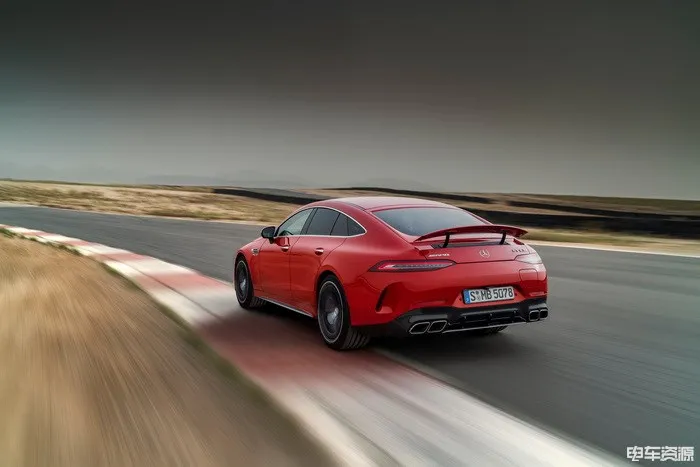
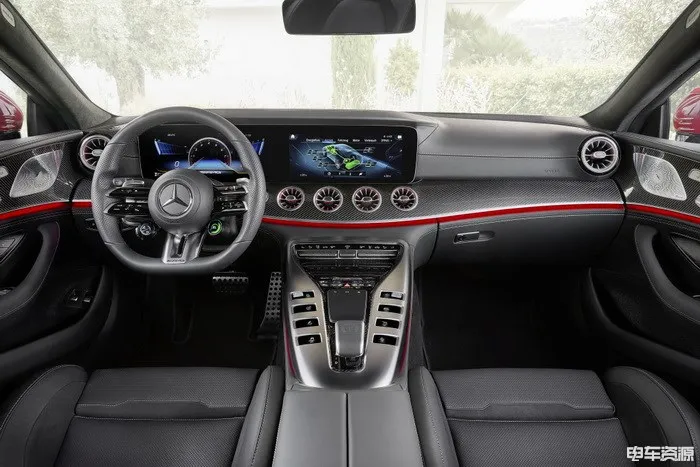
The overall appearance of the new car remains highly consistent with the gasoline-powered AMG GT 63, equipped with a vertical bar grille, retractable wing, four exhausts on both sides, the latest sports steering wheel and the MBUX information entertainment system full of technological sense, providing an aggressive visual effect.
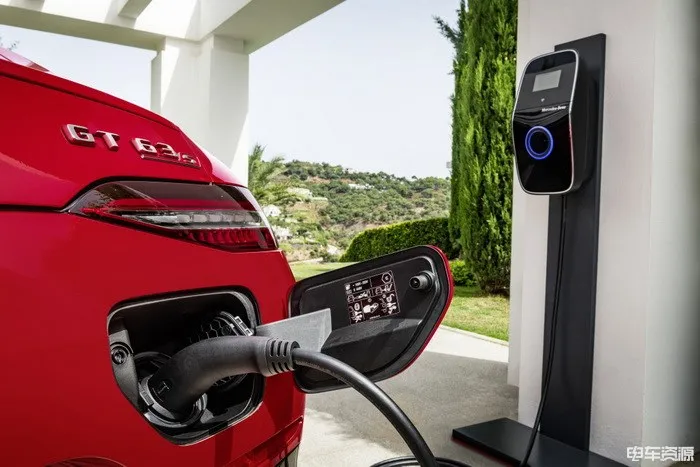
The AC slow-charging interface is located on the right side of the rear bumper. The main purpose of the plug-in hybrid system on the AMG GT 63 S E Performance is not to save fuel, but to further enhance performance. Therefore, its pure electric range is only 12 km.
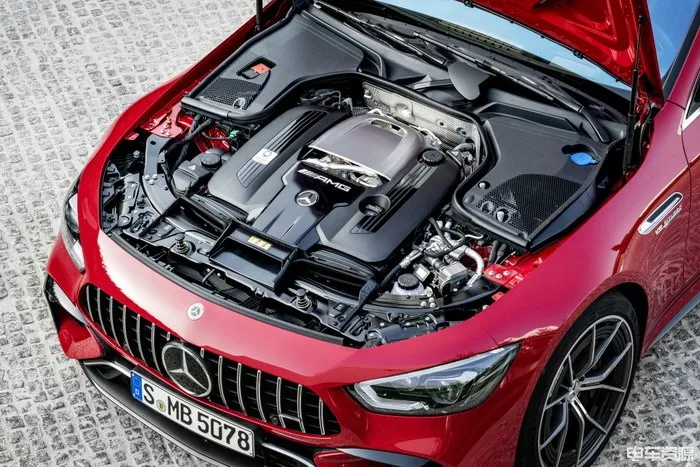 The power system of EQE 350 is composed of a 4.0T twin-turbocharged engine and an electric motor, with a maximum power of 843 horsepower and a peak torque of an astonishing 1400 N·m. Its acceleration time from 0-100 km/h is only 2.9 seconds, and the top speed is 316 km/h, reaching the level of top supercars.
The power system of EQE 350 is composed of a 4.0T twin-turbocharged engine and an electric motor, with a maximum power of 843 horsepower and a peak torque of an astonishing 1400 N·m. Its acceleration time from 0-100 km/h is only 2.9 seconds, and the top speed is 316 km/h, reaching the level of top supercars.
Built on the EVA 2.0 platform, the EQE is a mid-to-large sized pure electric vehicle showcased at this year’s Munich Auto Show. The overall styling of the new car is similar to its older brother EQS, with only slight differences in the front design (the LED light strip connecting the left and right headlights is missing).
EQE also adopts a “bow-shaped” design with elegant and smooth body lines, hidden door handles, ultra-short front and rear overhangs, and a continuous LED taillight, with a drag coefficient of only 0.20. The car is 4946mm long, with a wheelbase of 3122mm, slightly shorter than EQS, but the body, which is 1961mm wide, is actually wider than EQS’s 1926mm.
The interior is the same as EQS’s MBUX Hyperscreen, including three large screens: a 12.3-inch LCD instrument panel, a 17.7-inch central control screen, and a 12.3-inch co-driver’s screen. With the ambient light at the back of the center console and the surround lighting, the entire center console seems to be suspended in the air, with an extremely futuristic effect.
The EQE 350 in the picture has a single motor rear-wheel drive layout with a maximum power of 215 kW and a peak torque of 530 N·m. The official 0-96 km/h acceleration time is 5.6 seconds. It will be equipped with a lithium-ion battery pack with a total capacity of 90.6 kWh, with a maximum WLTP range of 660 km. In addition, the new car uses a 110 kW DC fast charging, which can charge 80% of the battery in 31 minutes.The new car is expected to start production in the second half of the year at the Mercedes factory in Bremen, Germany, and may also enter China for domestic production in 2022.
EQT Concept
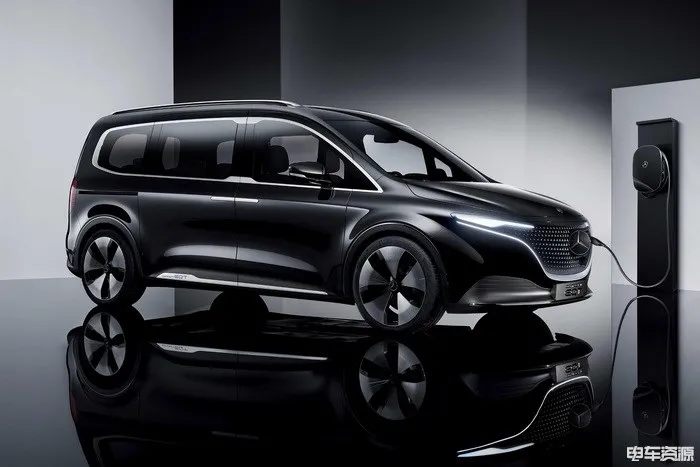
EQT is a midsize all-electric MPV for the consumer market, which Mercedes is about to launch, and it is a product developed in collaboration with Renault, Nissan and Mitsubishi. The overall style is quite rounded and futuristic, with few sharp lines and edges.
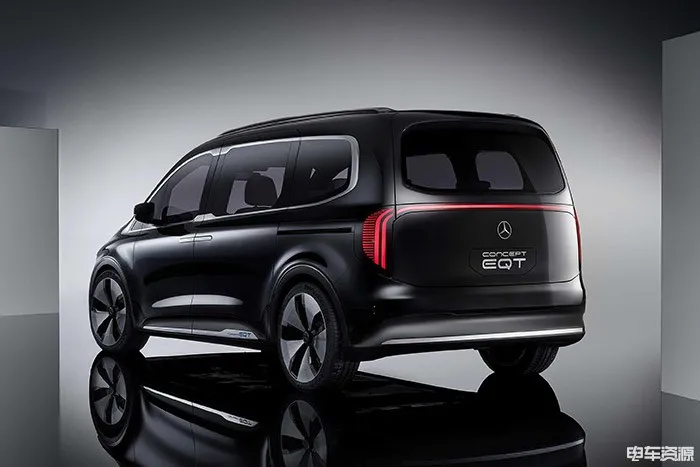
Equipped with double sliding doors, hidden door handles and a continuous LED taillight, the overall recognition is very good, and the length, width and height of the vehicle are 4945/1863/1826 mm respectively.
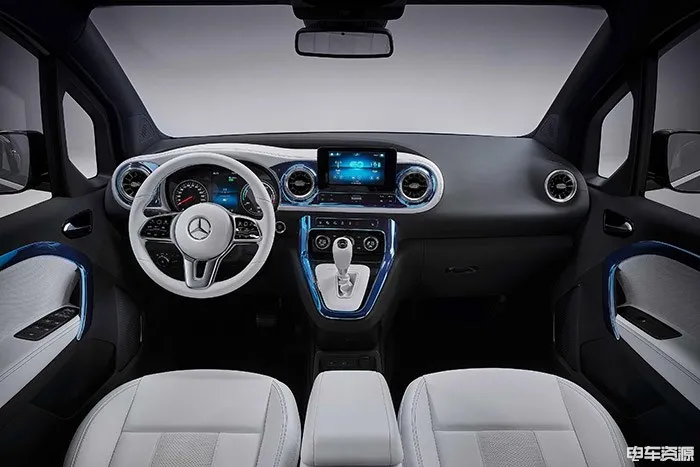
The interior also features a large number of arched designs, but still comes with a more traditional pointer instrument panel and a small floating multifunction display, as well as retaining some physical buttons and a conventional stick shift, giving a sense of “oil-to-electric” transition.
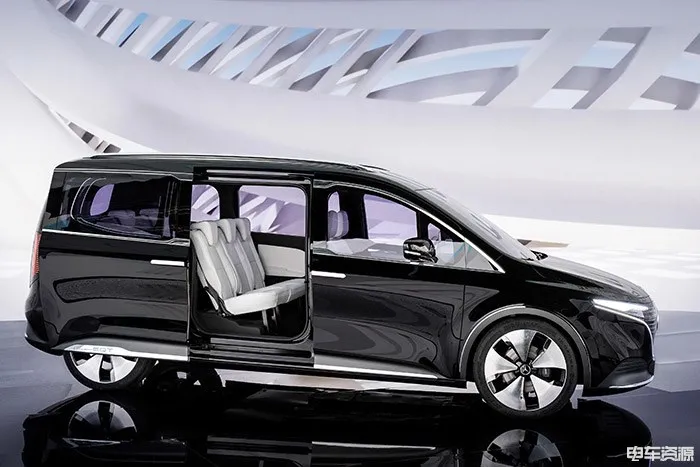
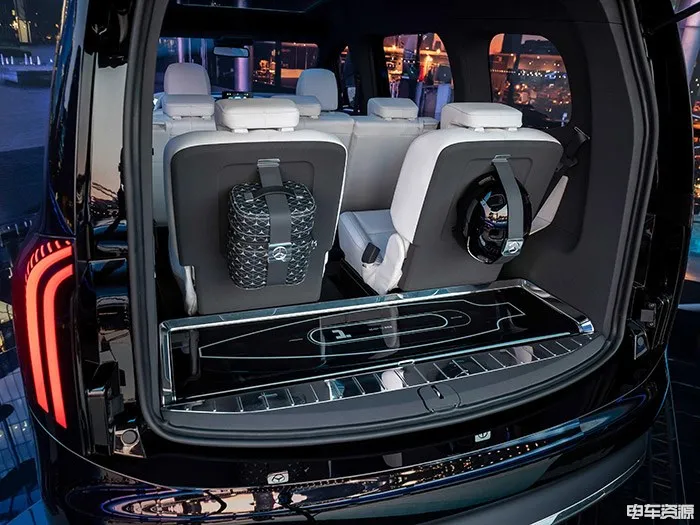
With a 2+3+2 seat layout, the third row seats are also thick and not tightly spaced due to the ample lateral space. They can even be manually removed to increase the vehicle’s cargo capacity (but this is not allowed by Chinese regulations).
In terms of power, the new car may be equipped with a 101 horsepower front motor, a maximum torque of 245 N·m, and a 44 kWh battery pack, with an WLTP-rated range of only about 256 km, which is not competitive today.
EQG Concept
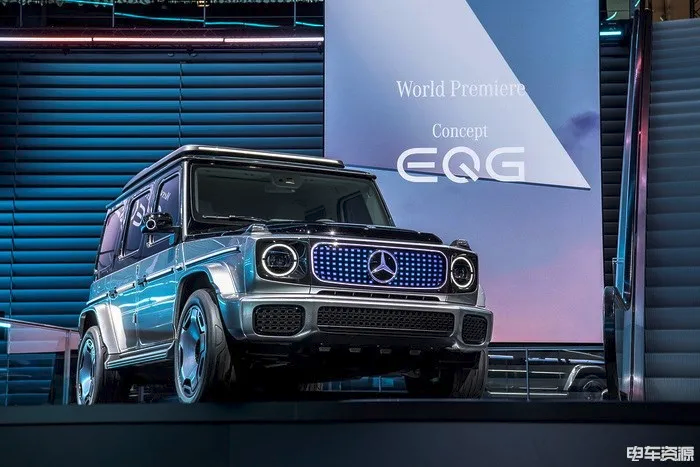
Even for the tough “G-Class”, Mercedes has prepared an all-electric version, and although the EQG unveiled this time is still in the concept car stage, it still retains many of the traditional design features of the G-Class, and its classic styling is still recognizable at a glance.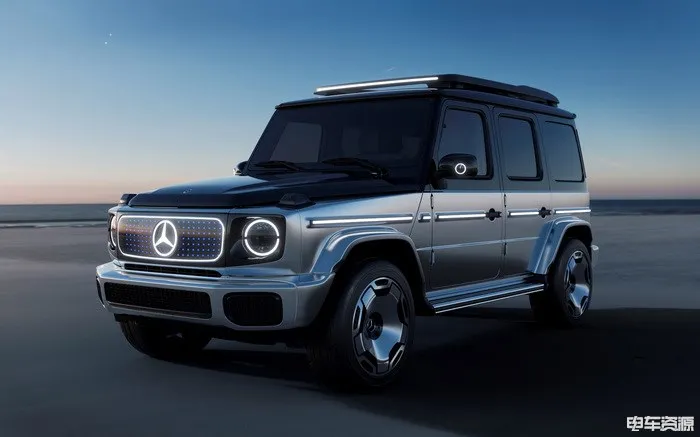
The front of EQG features a closed grille with a lattice-style luminous unit added, and the chrome trim is replaced by LED light strips, even the luggage rack follows the same style, adding to the overall sense of technology.
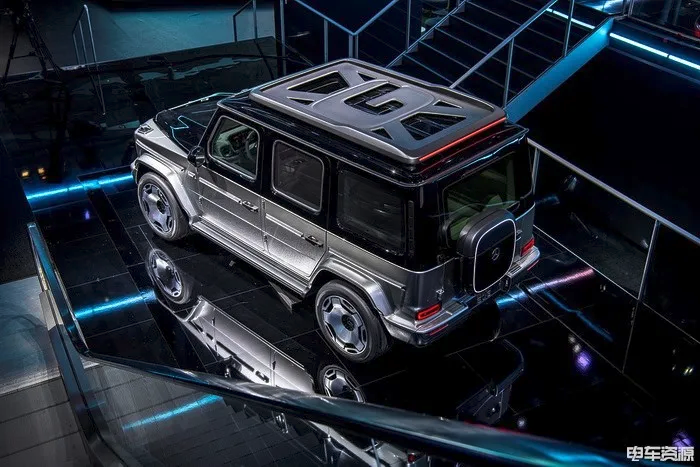
The body still adopts the same design as the G-class gasoline version. The external door hinges and mechanical door handles highlight Mercedes’ desire to retain its iconic hard-core off-road vehicle concept. The high-level brake light on the tailgate is directly integrated into the luggage rack, and there is a “G” letter from the top of the car, making it very special.
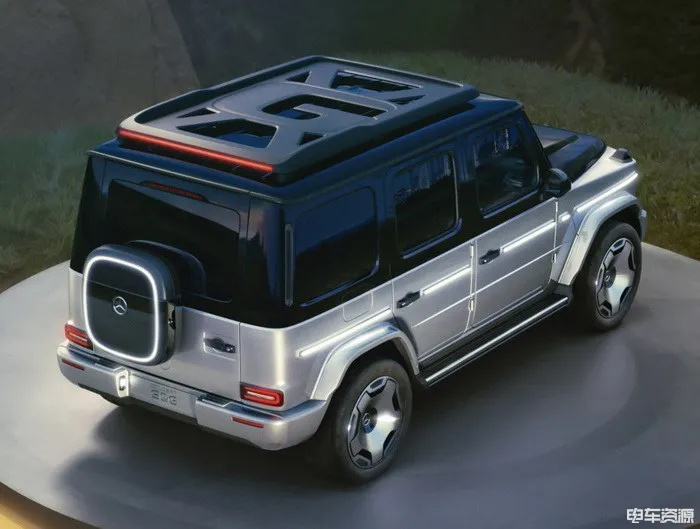
The “spare tire cover” on the tailgate is still retained, but it cannot hold tires inside, instead, it is used to store home charging cables and on-board tools, integrated with LED light strips to enhance recognition.
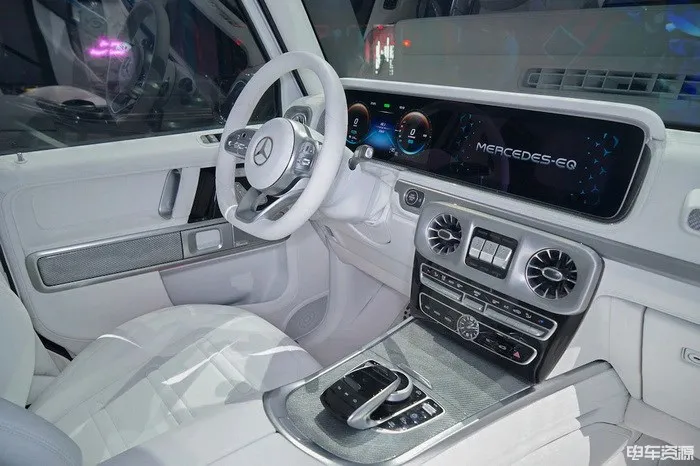
The changes in the interior are not very noticeable, basically the same as the current gasoline model, and the center console still has the iconic front, middle, and rear “three locks” buttons.

The official statement confirmed that it will maintain the same off-road performance as the traditional Mercedes G-class, and EQG will be equipped with a configuration of four independent electric motors and allow the driver to independently control each motor to obtain stronger rescue capabilities in the wild. The EQG concept car will also be equipped with a two-gear gearbox designed to increase off-road capabilities.
Maybach EQS SUV
At the “Mercedes Night” event the night before the Munich Auto Show, the Mercedes-Maybach EQS SUV concept car was officially released. The new car is also built on the EVA 2.0 platform, and it is the first pure electric product under the Maybach brand.
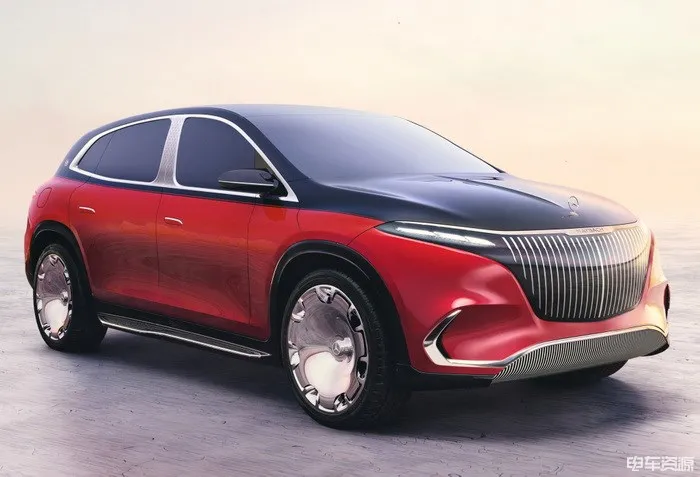
The new car is very neat and round, with a closed grille design on the front, using large-area straight waterfall chrome trim decoration, and the classic “MAYBACH” logo and Mercedes-Benz star emblem, which is very powerful, but the design may not be widely accepted.### Smart Concept #1
In the era of electric cars, small vehicles like Smart should have had the opportunity to shine, but the lack of new products has made people almost forget about this brand.
However, at this auto show, Smart took an important step in electrification with the debut of the all-new Smart Concept #1, which is also the first model produced by the joint venture between Daimler AG and Geely Holding Group, and will be built using the “HOZON SEA Architecture”.
The concept car features a brand new DNA design style with a streamlined and simple appearance, and both the front and rear are equipped with similar LED light groups that also dance to the rhythm of music.
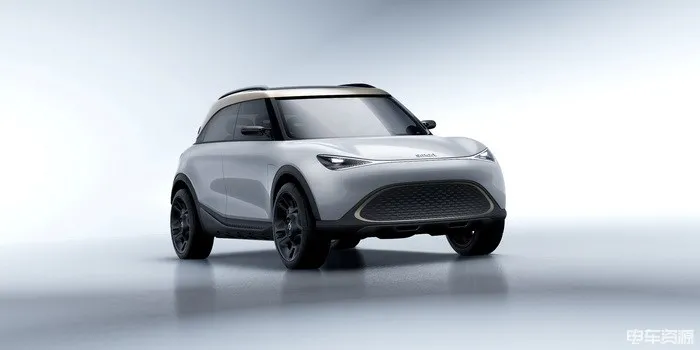
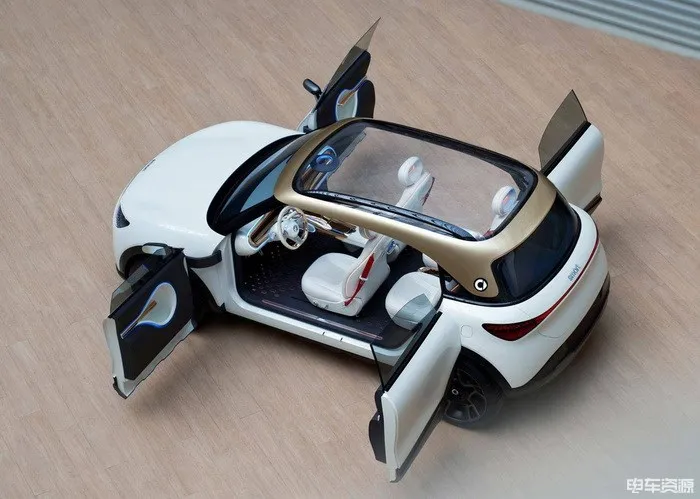

The dimensions of the car body are 4290/1910/1698 mm and the wheelbase is 2750 mm. The transparent all-glass roof and the frameless doors provide a panoramic view of the car’s interior space.
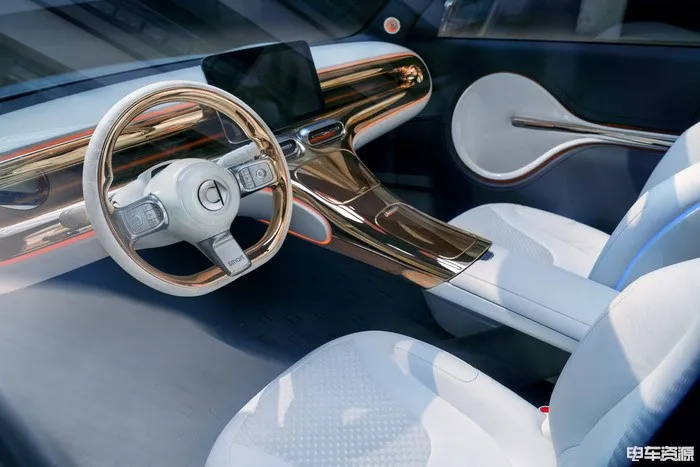
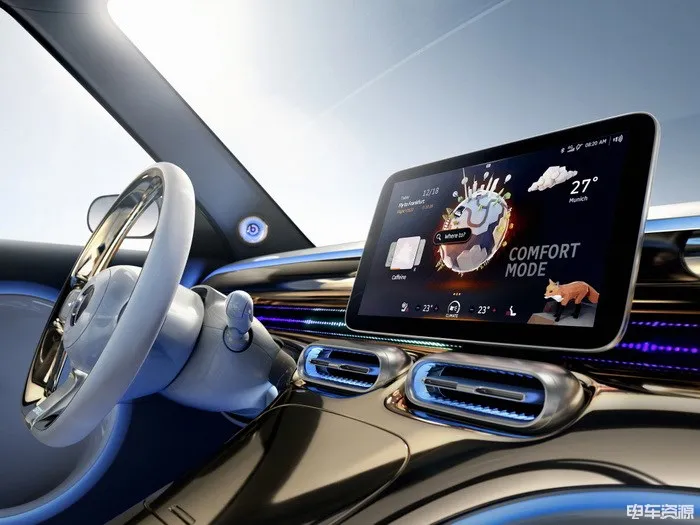
Similar to the Tesla Model 3, the Smart Concept #1 is not equipped with an independent instrument panel, but integrates all information into a 12.8-inch 3D touchscreen display.
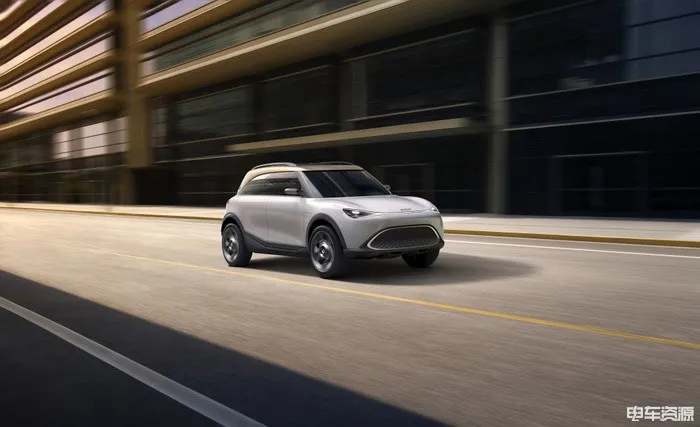
It is reported that this concept car, built on a new generation of electronic architecture, will also become the development technology basis of Volvo’s new cars, and more than 75% of ECUs can support remote OTA updates.
The new car will also be equipped with more efficient computing architecture, including information entertainment systems, advanced driver assistance systems, electric drive control systems, and electronic/electrical systems as the four core modules.
BMW iX5 Hydrogen Hydrogen Fuel Cell Vehicle
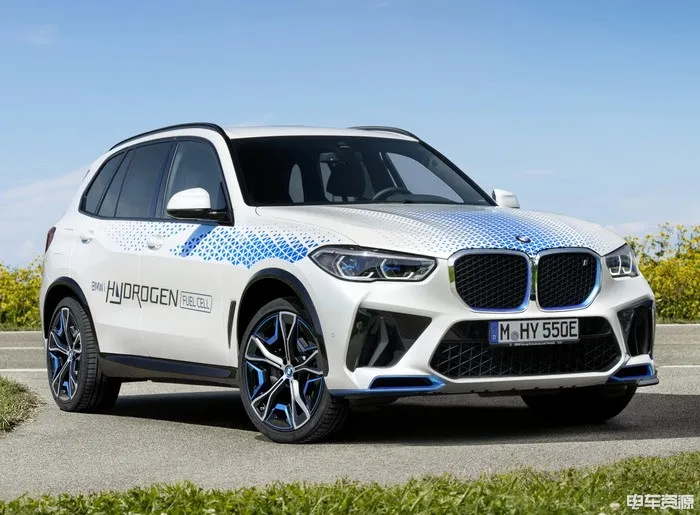
In the BBA of the German big three, BMW is the player who entered the field of electrification earliest. This time, BMW has gone further by installing hydrogen fuel cells directly on an X5 and naming it the iX5 Hydrogen.
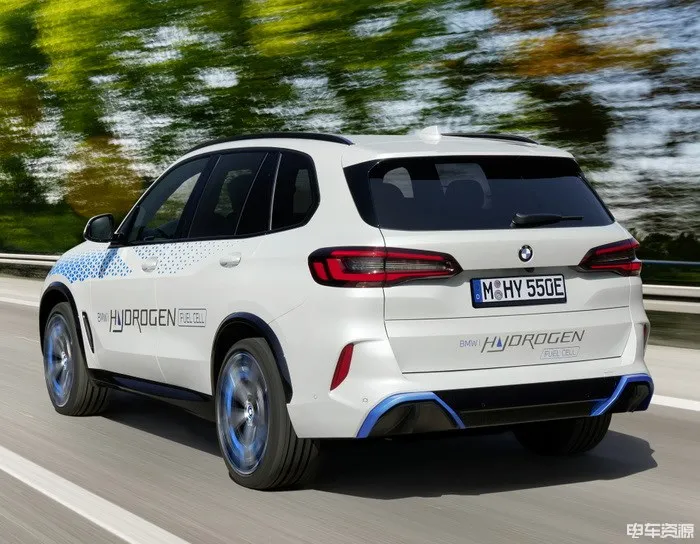
The iX5 Hydrogen mostly follows the design of the gasoline-powered X5, with blue elements added to the details to match the characteristics of new energy, including laser headlights, blue body stripes, blue front and rear bumper decorations, and blue wheel rim decorations, etc. At the same time, the new car also uses 3D printing technology to design a brand new grille style for the front grille and front bumper.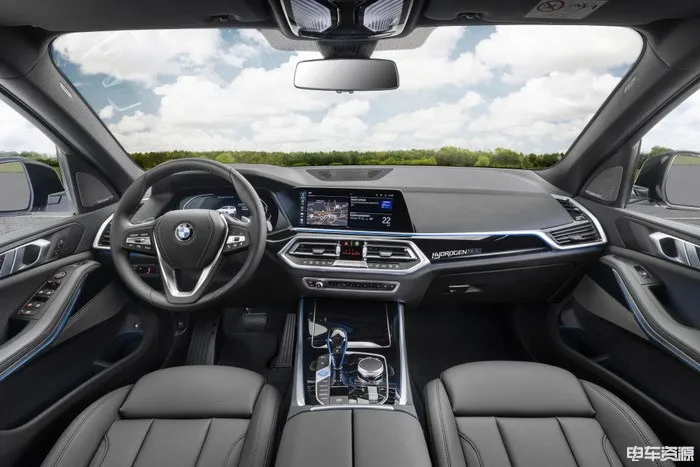
There is not much change in the interior, only adding blue elements in some details, and the overall idea is similar to that of the current iX3.
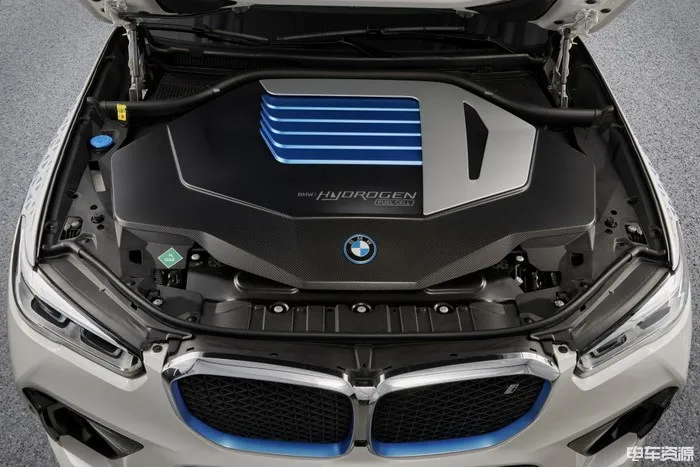
The iX5 Hydrogen is equipped with a 6L hydrogen tank with a pressure of 700 bar, and the tank body is made of carbon fiber reinforced composite materials. It only takes 3-4 minutes to fill the entire tank with hydrogen fuel, which is similar to refueling. Equipped with the fifth-generation eDrive electric drive system, the maximum total power of this system can reach 275 kW (374 horsepower), of which the maximum power of the fuel cell system is 125 kW (170 horsepower). In addition, the car is also equipped with fuel cells developed by BMW and Toyota and fuel cell stacks independently developed by BMW.
Renault Megan-e E-Tech Electric
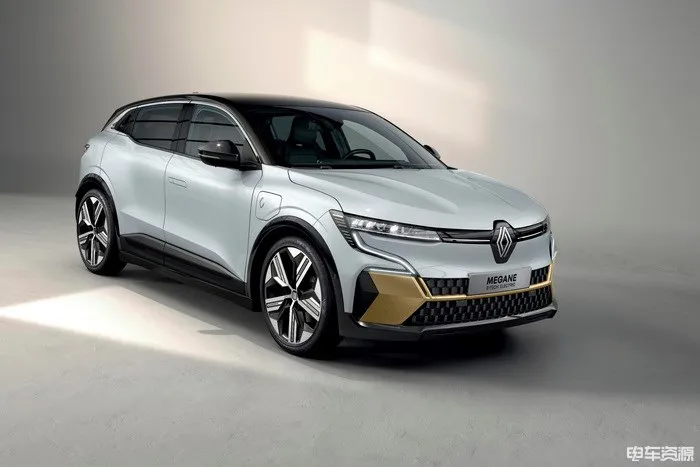
Renault officially released the production model of the Megan-e pure electric version—Megan-e E-Tech Electric. It will be the first model of Renault’s electric car 2.0 era and will land in the European market in the first half of 2022.
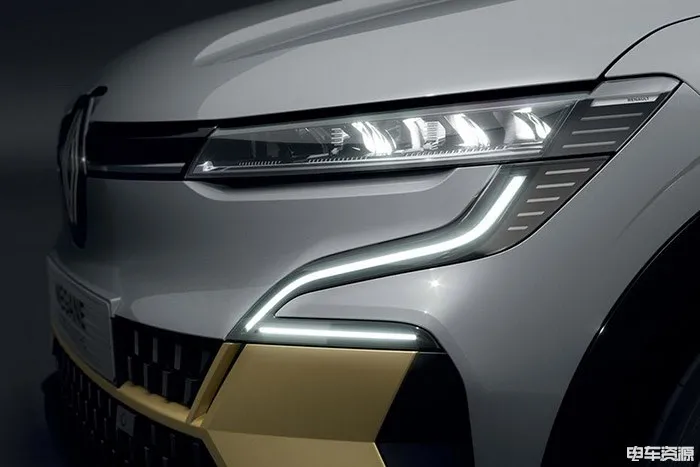
The new car is built on the CMF-EV platform and continues the design of the previous eVision concept car. It has a very obvious Renault family design style, but it is still slightly conservative for a pure electric car.
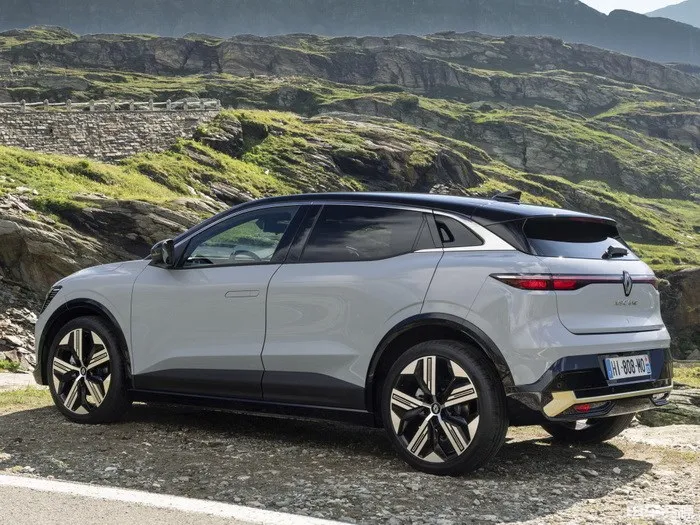
The front and rear suspensions of the new car are very short, and the four wheels have almost expanded to the four corners of the car body, and the internal space is estimated to be not small. Unlike the two-door compact car that the Megan-e used to be, the Megan-e E-Tech Electric has a clear cross-border style and is closer to the overall look of the X-Trail.
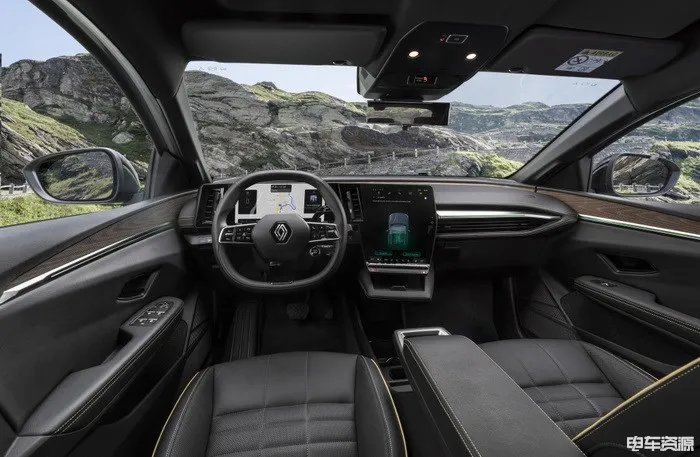 The new interior style is quite futuristic, with the central control panel angle inclined towards the driver’s side. Although most functions can be operated through touch, some commonly used functions still retain physical buttons. The design style connecting the LCD instrument panel and the central control screen can display very comprehensive information. In addition, the new car also adopts a gearless design, and the multi-function buttons on the steering wheel also use touch operation.
The new interior style is quite futuristic, with the central control panel angle inclined towards the driver’s side. Although most functions can be operated through touch, some commonly used functions still retain physical buttons. The design style connecting the LCD instrument panel and the central control screen can display very comprehensive information. In addition, the new car also adopts a gearless design, and the multi-function buttons on the steering wheel also use touch operation.
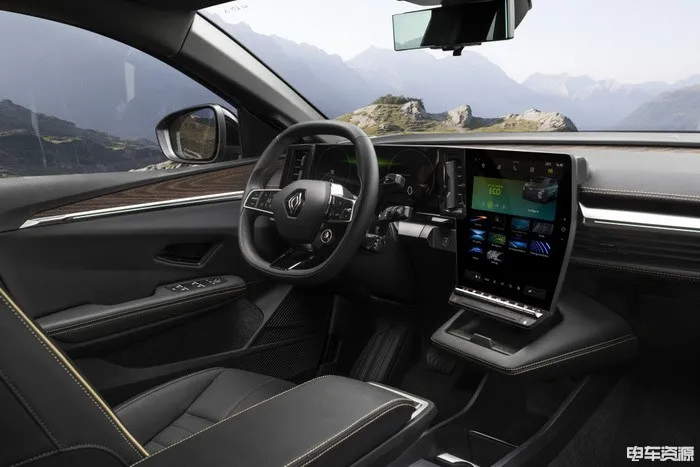
In terms of power, the new car is equipped with two battery capacities, 40 kWh and 60 kWh, with a range of 300 km and 470 km, respectively (WLTP cycle). The official stated that the new car only needs a short charge for 30 minutes during travel between Paris and Lyon, Hanover and Copenhagen, or Munich and Venice, and its electricity consumption per 100 km is only 12.8 kWh (WLTP cycle).
This article is a translation by ChatGPT of a Chinese report from 42HOW. If you have any questions about it, please email bd@42how.com.
